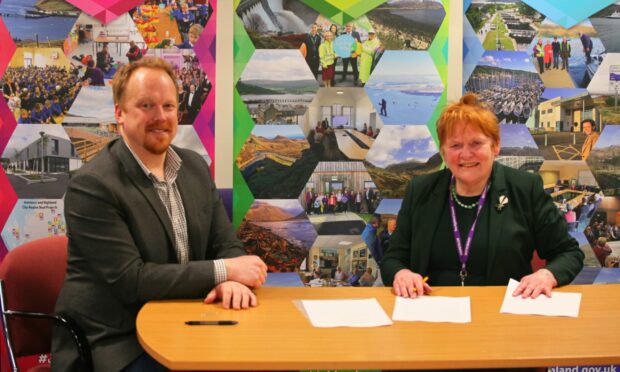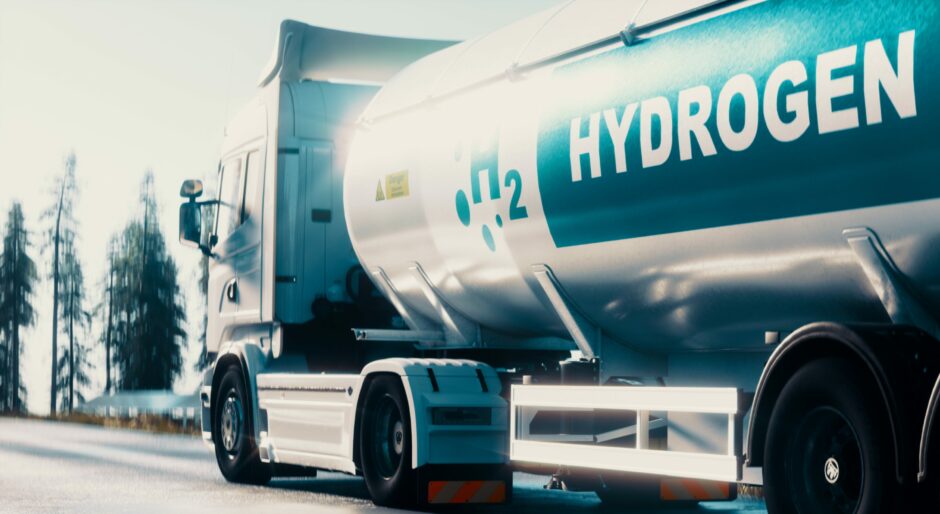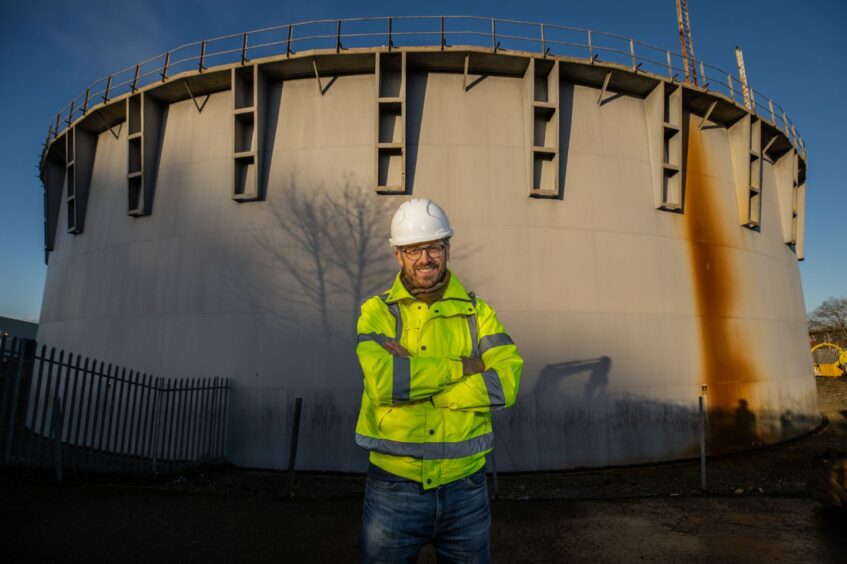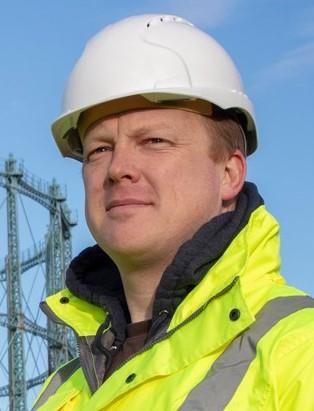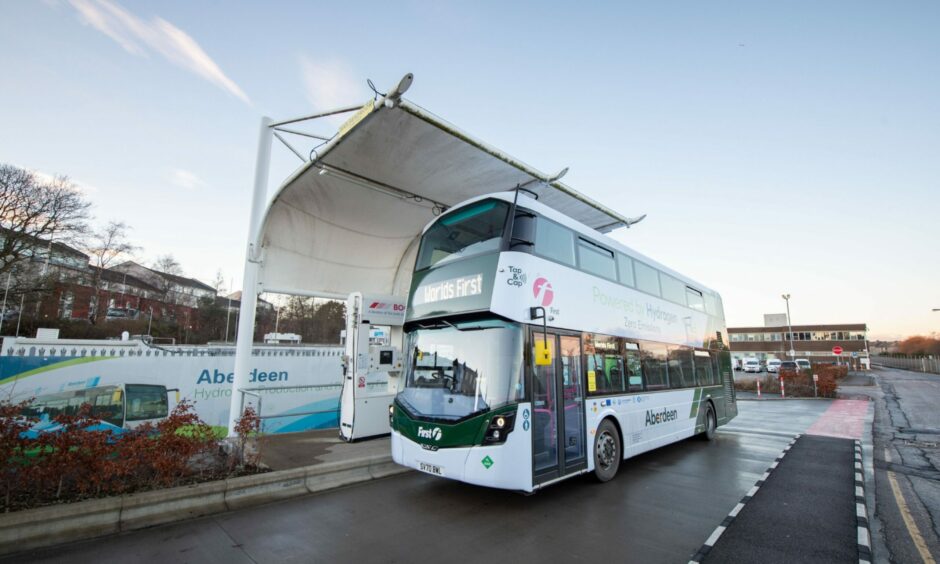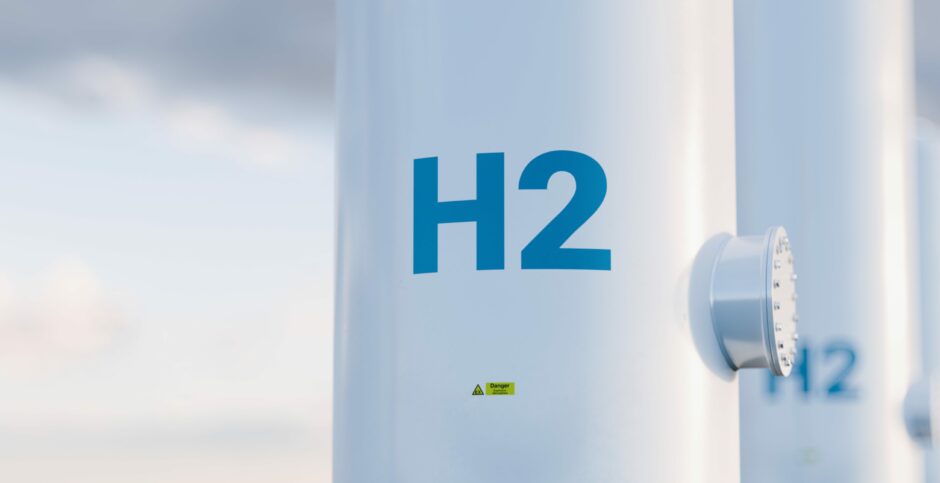Nearly two-thirds of a £375 million UK Government funding package for innovative technologies to strengthen Britain’s energy security will support hydrogen production.
The £240m Net Zero Hydrogen Fund is intended to boost hydrogen projects to deliver clean energy.
It is also expected to advance the government’s ambition to have up to two gigawatts (GW) of low-carbon hydrogen production capacity by 2025 and up to 10GW installed by 2030.
Momentum is building to scale up green hydrogen production, with government support complemented by substantial private investment.
While some of the impetus is fuelled by concerns about long-term demand for oil products, there is growing recognition that increasing the cost effectiveness of renewables can smooth the process of energy transition.
Green hydrogen developer H2 Green is poised to decarbonise commercial transport systems through a network of “hubs”, with Inverness chosen as a strategic first location in Scotland, supporting jobs and the local economy.
The rural aspect of the Highlands lends itself to green hydrogen as the most cost-effective, clean fuel solution for rail and commercial transport.”
Luke Johnson, managing director, H2 Green.
Unlike other forms of the gas, green hydrogen is produced by splitting water through electrolysis – using only renewable energy sources, such as wind and solar, to create a clean, odourless fuel.
Edinburgh-based H2 Green – part of Getech Group, with operations in Leeds, London and Houston, in the US – has signed an agreement with Highland Council to establish a “world-class” green hydrogen network across the north.
The site in Inverness is expected to produce up to eight tonnes of hydrogen every day.
H2 Green is developing the production and storage facility on SGN’s old gas holder site in the Highland capital – and believes it will be a catalyst for fundamental change.
The project will see Inverness become one of the first cities in the UK to establish commercial production of green hydrogen, helping the wider Highlands to play a leading role in the transition to zero carbon fuel.
H2 Green’s plan is to build production, storage and delivery infrastructure at “optimal” sites across the Highlands, and establish commercial agreements for green hydrogen and by-products, such as zero-emission heat.
Green hydrogen is seen as an attractive source of energy for carbon-free rail transport on hard to electrify tracks.
Train operator Eversholt Rail teamed up with H2 Green to develop hydrogen supply solutions, particularly on rail routes where electrification is not technically or economically viable.
One of the key advantages hydrogen is said to offer the transport sector is the refuelling process.
According to H2 Green, it takes only minutes -unlike electric vehicle charging, which usually needs hours.
This is seen as particularly important for busy commercial fleets, such as refuse lorries, buses and trucks.
Highlands ‘perfect’ for hydrogen
H2 Green managing director Luke Johnson said the Highlands were the perfect location for the production of green hydrogen.
He added: “Abundance of natural resources is crucial. The Highland region has a strong competitive advantage in being able to produce green hydrogen from readily available renewable energy sources, particularly offshore wind.
“Hydrogen also addresses the intermittent nature of wind production. Electricity generation can be matched with demand, with hydrogen’s storage capabilities solving the problem of gaps in supply.
“Furthermore, the rural aspect of the Highlands lends itself to green hydrogen as the most cost-effective, clean fuel solution for rail and commercial transport.
“There’s a substantial global market emerging for green hydrogen in heavy transport.
“Hydrogen buses are already a common sight on streets around the world, and other sectors such as rail and logistics will follow.”
Mr Johnson continued: “Our vision is to create a network of green hydrogen hubs which will not only remove transport emissions, but also create jobs, support the supply chain and help decarbonise wider sectors such as the whisky industry.
“The hydrogen generation can even provide zero-carbon heat and medical-grade oxygen for hospitals and aquaculture, as well as for water treatment works in the area.”
Mr Johnson said one of the most exciting aspects of developing the new hydrogen network was the “huge potential” to support economic growth in the Highlands and provide a sustainable revenue stream that will support the energy transition from oil and gas into renewables in a meaningful way, helping to create and preserve jobs.
He added: “Sweden and Germany scaled up investment in wind in the ‘90s which put them ahead of the global renewables race for decades to come, while Scotland lost out on much of the potential.
“We want to create the green hydrogen infrastructure economy here from the get-go.”
